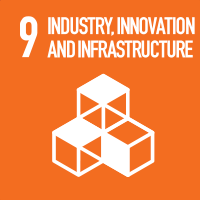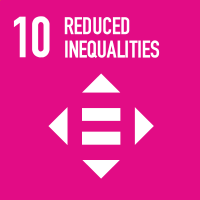Studying at the University of Verona
Here you can find information on the organisational aspects of the Programme, lecture timetables, learning activities and useful contact details for your time at the University, from enrolment to graduation.
Study Plan
This information is intended exclusively for students already enrolled in this course.If you are a new student interested in enrolling, you can find information about the course of study on the course page:
Laurea magistrale in Ingegneria e scienze informatiche - Enrollment from 2025/2026The Study Plan includes all modules, teaching and learning activities that each student will need to undertake during their time at the University.
Please select your Study Plan based on your enrollment year.
1° Year
| Modules | Credits | TAF | SSD |
|---|
4 modules among the following2° Year It will be activated in the A.Y. 2025/2026
| Modules | Credits | TAF | SSD |
|---|
| Modules | Credits | TAF | SSD |
|---|
4 modules among the following| Modules | Credits | TAF | SSD |
|---|
| Modules | Credits | TAF | SSD |
|---|
3 modules among the following2 modules among the followingLegend | Type of training activity (TTA)
TAF (Type of Educational Activity) All courses and activities are classified into different types of educational activities, indicated by a letter.
Web Applications (2024/2025)
Teaching code
4S008913
Teacher
Coordinator
Credits
6
Language
Italian
Scientific Disciplinary Sector (SSD)
INF/01 - INFORMATICS
Period
Semester 2 dal Mar 3, 2025 al Jun 13, 2025.
Courses Single
Authorized
Learning objectives
The evolution of web-based technologies has led to what we know today as Web 2.0: structured or semantically enriched data sources usable through applications that interact mainly via web browsers. Developing such applications in a rational, updated and secure way is a challenge because it requires a broad conceptual background (network protocols, database, multi-thread programming, etc.) and an updated knowledge of emerging and most promising technologies. The course aims to systematically introduce all the fundamental concepts for the development of dynamic web applications with an analysis of their potential and critical issues through the development of real applications. In this way, the student not only acquires the ability to develop dynamic web applications but also develops a critical analysis ability on the most appropriate technologies to use.
Prerequisites and basic notions
Knowledge of the fundamental concepts of programming in procedural and object-oriented languages; knowledge of the basic concepts of databases; knowledge of the fundamental concepts of software engineering.
Program
- Fundamental technologies review: Unicode, UTF-8, URI, HTTP, HTML, CSS, JSON e XML.
- Static web site development
- Web design and usability
- Analysis and optimisation of web sites
- MVC model for web apps
- 'Representational State Transfer' (REST) methodology for web apps
- Introduction to Javascript
- Web apps 2.0: AJAX, JSON e REST
- Introduction to HTML5 and its API JavaScript
- Critical analysis of Angular/Angular 2 and Node.js technologies
- Introduction to Web Services
Bibliography
Didactic methods
In-person classes.
Learning assessment procedures
Presentation of a web app prototype development by the student.
The kind of web app shall be agreed upon between the teacher and the student.
Evaluation criteria
Correctness and compliance of the completed project with respect to the given specifications.
Criteria for the composition of the final grade
30% compliance, 80% correctness.
Exam language
Italiano


